
In many ways, buying LED bulbs is the same as buying traditional light bulbs because they both offer the same bases and caps and are available in similar shapes and colours. But while there is a lot of overlap between LEDs and traditional bulbs, there are also a few key differences you should keep in mind when you’re deciding what LED lights to buy, such as:
- Your light fixture’s base type
- Bulb shape and beam angle
- Brightness
- Colour temperature
- Bulb placement
Let’s take a closer look at how to buy LED bulbs:
1. Base Type
The cap or base joins the light bulb to the socket in order to provide an electrical connection and power your bulbs. While choosing the right base may seem straightforward, purchasing the wrong base type is a very common mistake, so it’s important to know what type to look for before you buy.
There are 3 main types of bases:
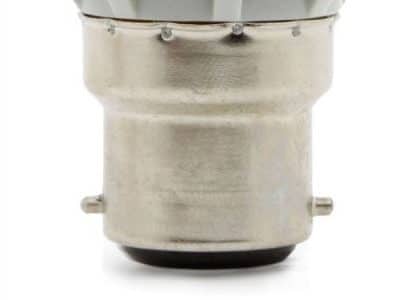 | Bayonet This is the most commonly used base type in the UK, named for the push and twist action used by soldiers to mount bayonets to rifles. It has a smooth base with a pin on either side that slides into the cap as you insert the bulb into the socket, and expands again to lock the bulb in place. |
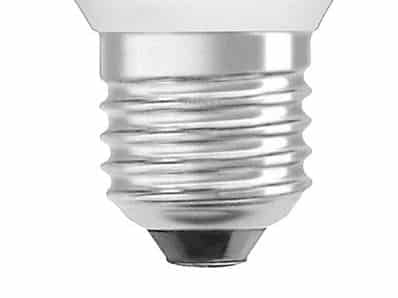 | Screw Also known as the Edison screw base (after the inventor), these bulbs have a threaded base that screws into the fixture to securely hold the bulb. |
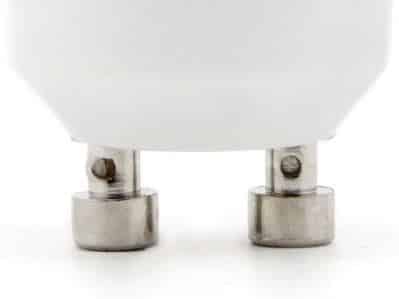 | Pin and push fit Most domestic-use pin bulbs only have two pins, but they can have more. The length of the pins and the space between them dictates which fixtures they can be placed in. They are most commonly used for downlighting, track lighting and recessed lighting. |
First letter: Indicates the type of base, eg. screw or bayonet.
Number: Indicates the diameter of base or distance between pins, measured in mm.
Second letter: Indicates the number of pins or contacts, usually on architectural or striplights, but more often than not this letter is omitted.
2. Bulb Shape & Beam Angle
LEDs are available in all of the standard light bulb shapes, so it’s easy to replace like for like. Sometimes the bottom of the bulb will look different – usually it has a metal or opaque plastic casing – because it is actually a heat sink. Otherwise, the shapes are easily recognisable:
Standard (A series, GLS)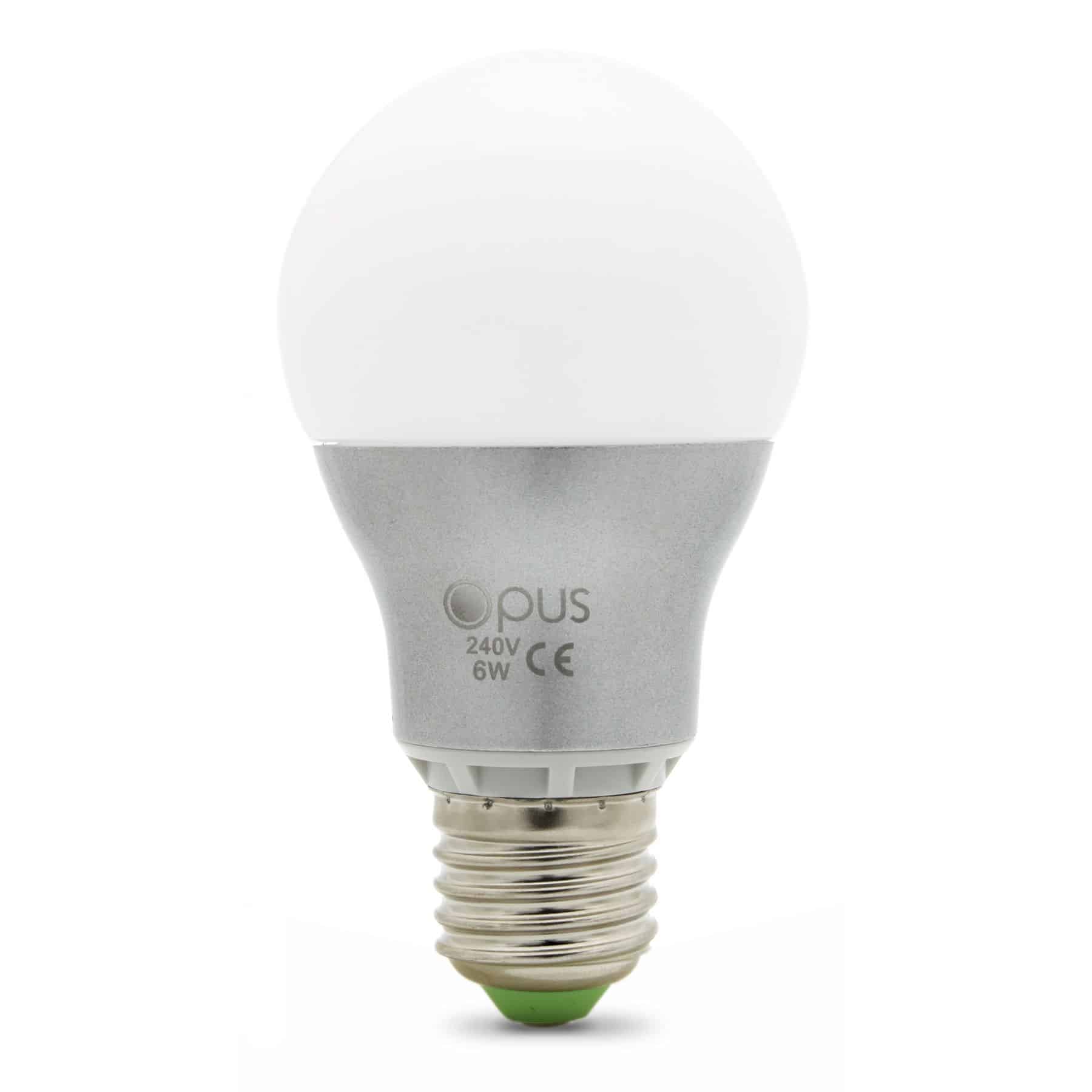 | Candle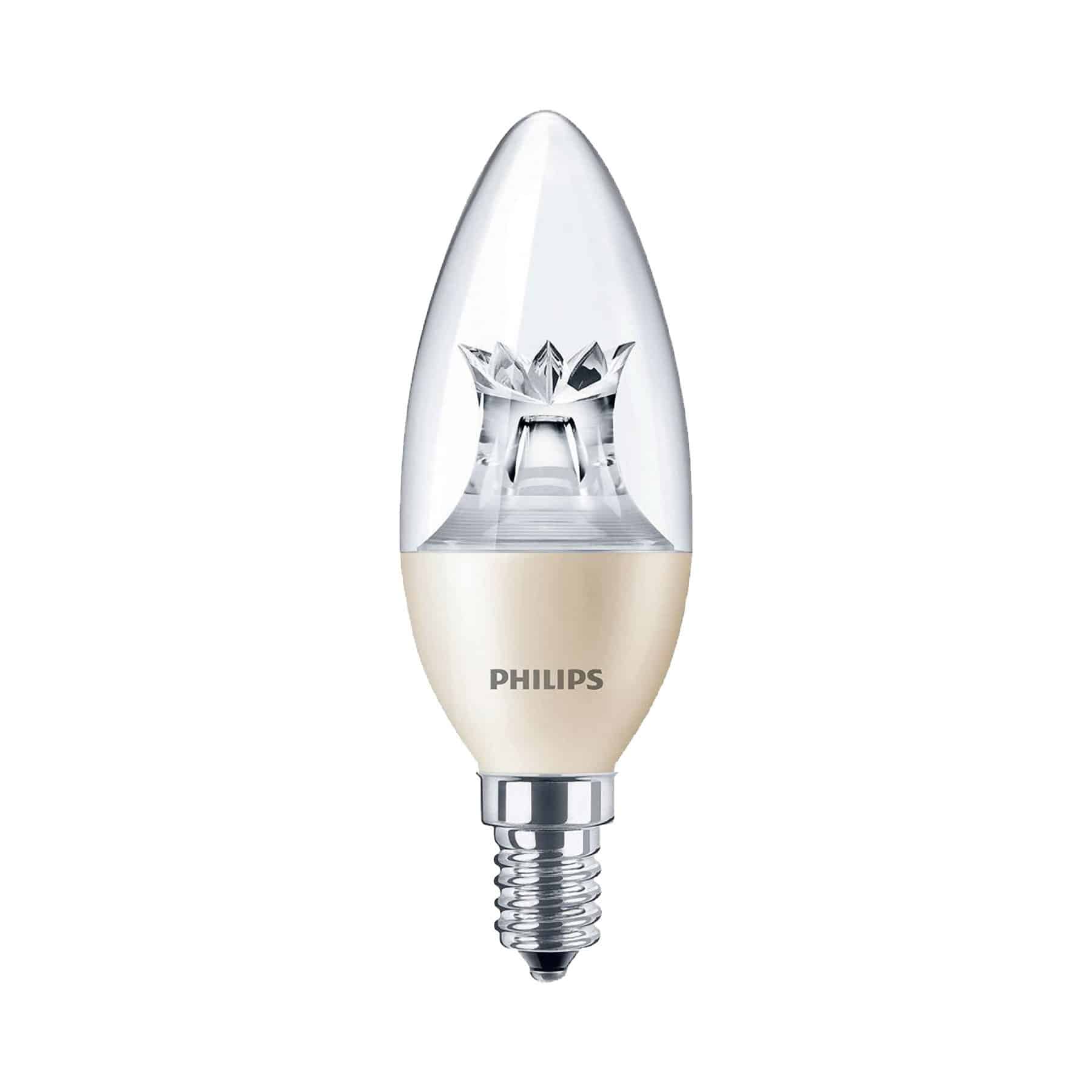 | Golf Ball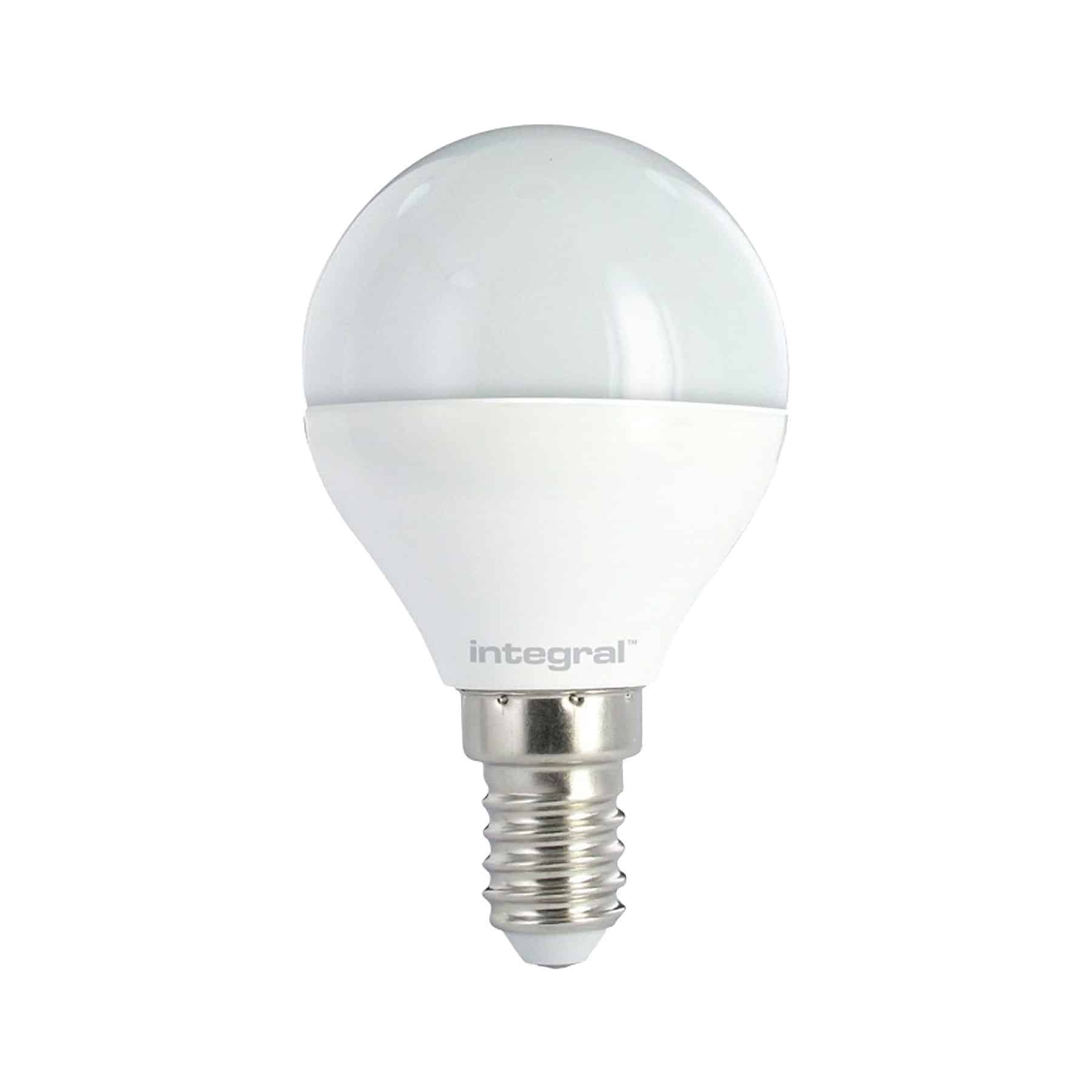 |
Globe | Tubular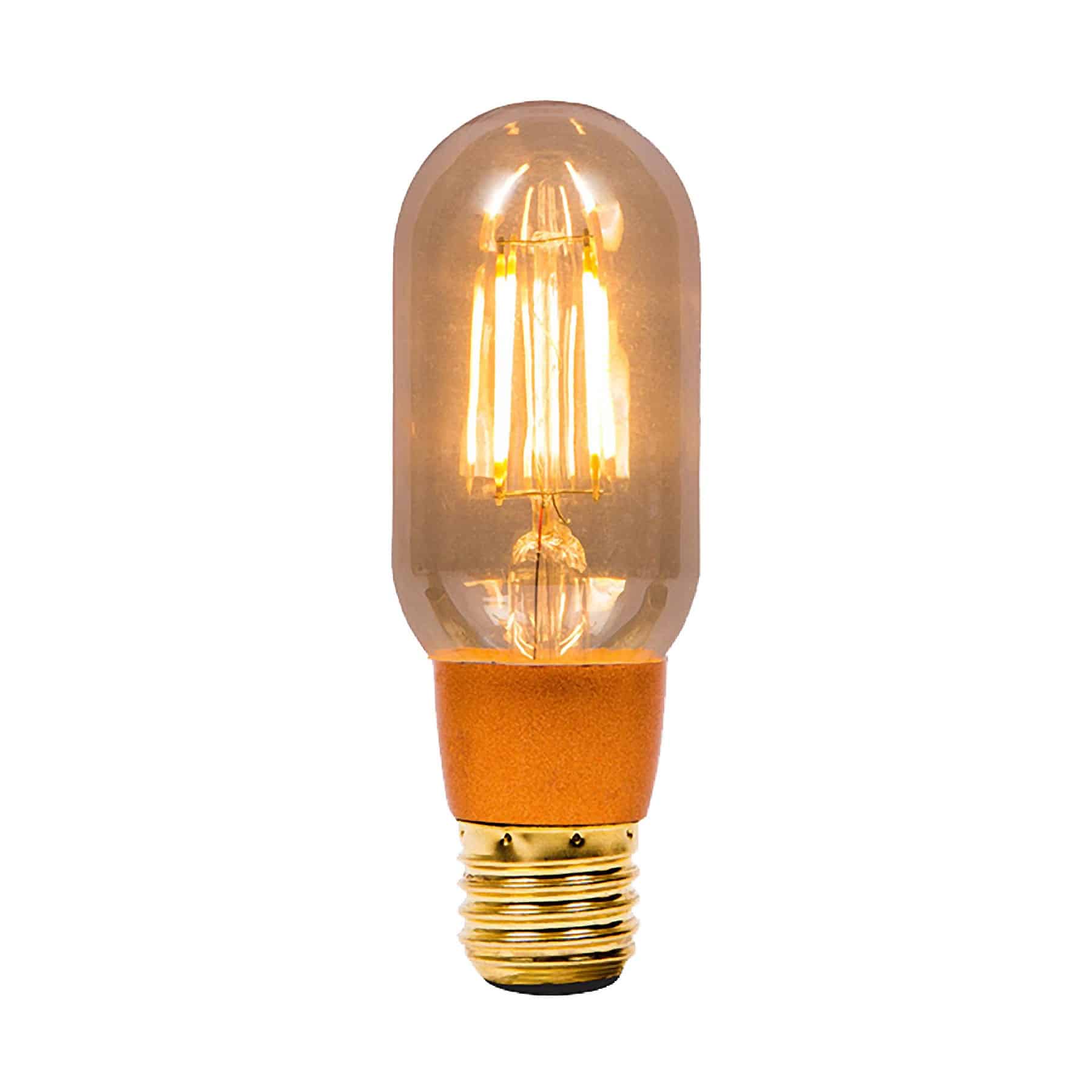 | Pear |
Reflector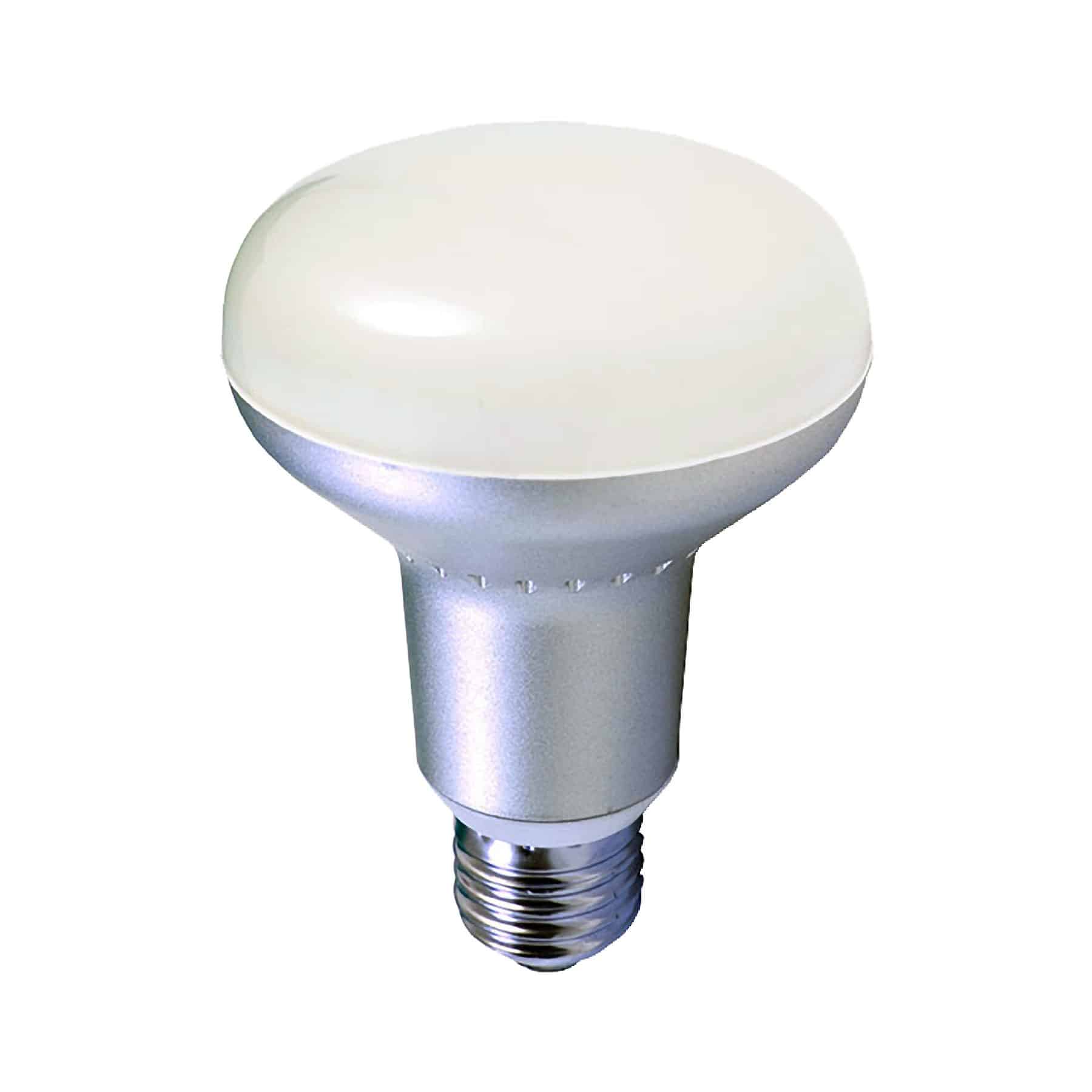 | Capsule | GU10/PAR16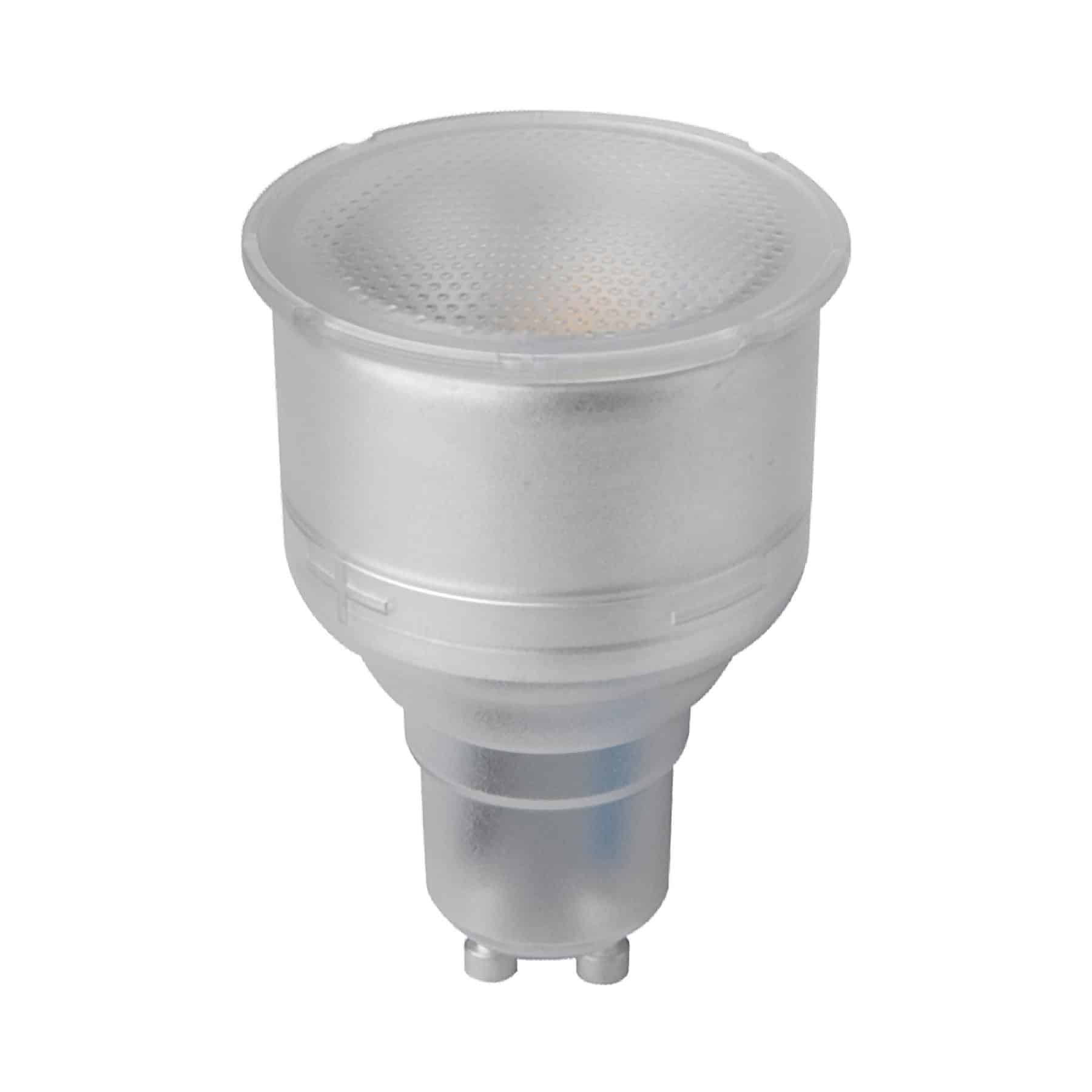 |
Which shape you should select depends on your fixture and what kind of atmosphere you’re trying to create. Some fixtures have specific size or shape requirements that you will need to accommodate, but beyond those limitations, consider your lamp and choose a bulb shape that compliments it.
The important thing to remember when selecting a bulb shape is that there are two types of light bulbs, each with a different beam angle: directional and omnidirectional:
- Directional: Light is focused in a specific direction, similar to a spotlight.
- Omnidirectional: Light is projected in all directions.
Usually you can tell which type of light a bulb emits by its shape; for example, shapes like reflectors and GU10 are typically directional, whereas standard and globe shapes are typically omnidirectional. However, with LEDs, sometimes the heat sink and other design elements of the light bulb limit the beam angle and create a directional bulb.
